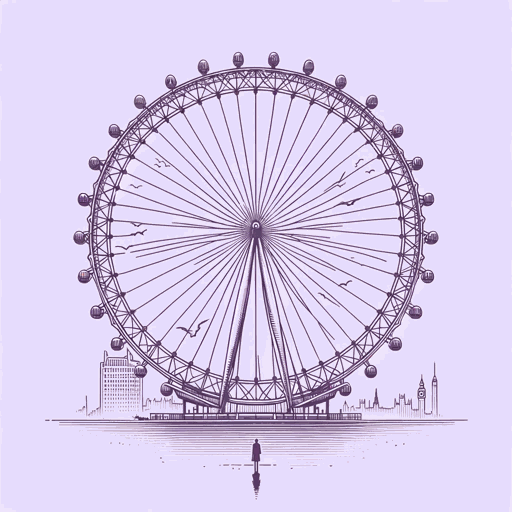101 pages • 3 hours read
Sherman AlexieThe Lone Ranger and Tonto Fistfight in Heaven
Fiction | Short Story Collection | Adult | Published in 1993A modern alternative to SparkNotes and CliffsNotes, SuperSummary offers high-quality Study Guides with detailed chapter summaries and analysis of major themes, characters, and more. For select classroom titles, we also provide Teaching Guides with discussion and quiz questions to prompt student engagement.
Important Quotes
“He could see his uncles slugging each other with such force that they had to be in love. Strangers would never want to hurt each other that badly.”
(Story 1, Page 2)
In a culture where Eurocentric expectations restrain verbal and physical expression, Victor’s uncles fight regularly to express themselves. To cope with their demeaning circumstances, they vent the rage of cultural, political, and familial victimization, but only among those who are “safe”—i.e., who share similar traumas. Ironically, Adolph and Albert signify their love for and trust in each other by fighting.
“‘They’re going to kill each other,’ somebody yelled from an upstairs window. Nobody disagreed and nobody moved to change the situation. Witnesses. They were all witnesses and nothing more. For hundreds of years, Indians were witnesses to crimes of an epic scale.”
(Story 1, Page 3)
Alexie interrupts the narrative to allude to the broader historical plight of Indigenous Americans. Using the fight between Adolph and Arnold, Alexie critiques bystander inactivity and promotes resistance on two levels: the private and the public. He portrays indifference to violence within families as representative of indifference to racial subjugation.
“Van Gogh should have painted you.”
(Story 2, Page 15)
Alexie returns to concepts of beauty frequently in this collection. In this quote, Thomas has a vision of Victor in the Spokane tribe’s glory days. In traditional braids, Victor steals and rides a black horse by moonlight. The passage presents a heroic rather than defeated image of the Indigenous male to counter colonial narratives, but it also borrows a well-known figure from Western artistic and cultural history—Van Gogh—to do so. This illustrates the Eurocentrism of contemporary beauty standards, which Thomas uses as his frame of reference, but it also challenges them by suggesting that the American Northwest and its original inhabitants are an “appropriate” subject for an artistic masterpiece.
Related Titles
By Sherman Alexie
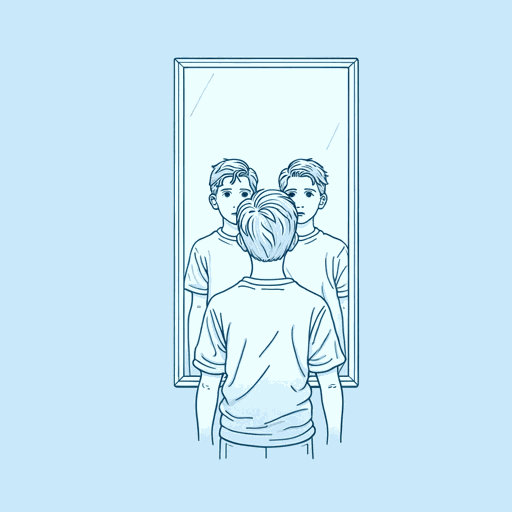
Flight: A Novel
Sherman Alexie
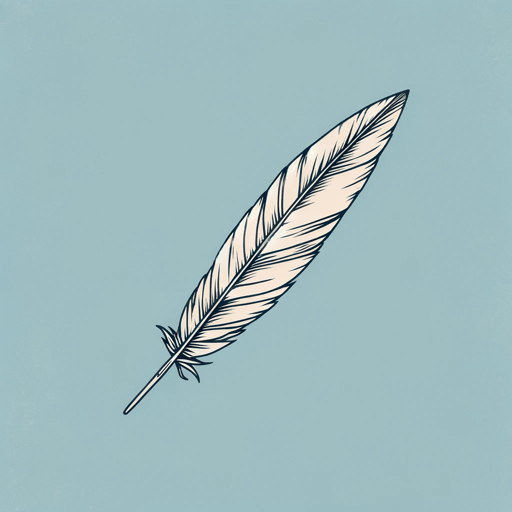
Indian Killer
Sherman Alexie

On the Amtrak from Boston to New York City
Sherman Alexie

Reservation Blues
Sherman Alexie
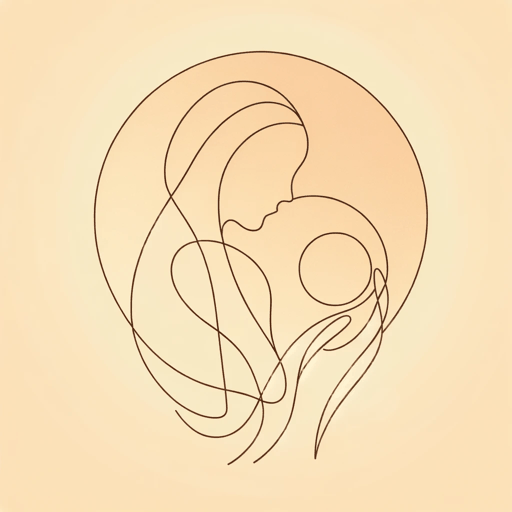
Reservation Love Song
Sherman Alexie

Ten Little Indians
Sherman Alexie

The Absolutely True Diary of a Part-Time Indian
Sherman Alexie

The Facebook Sonnet
Sherman Alexie

The Toughest Indian in the World
Sherman Alexie
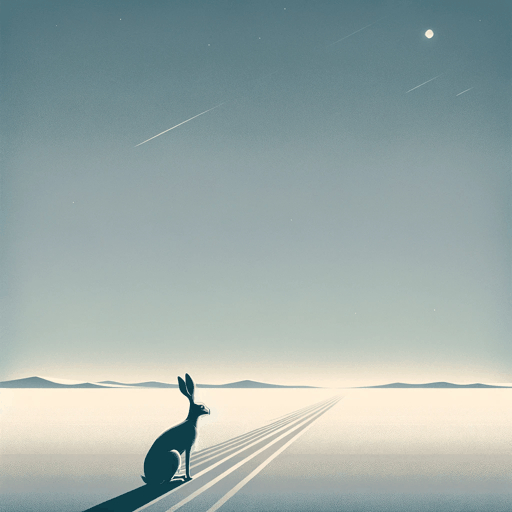
This Is What It Means to Say Phoenix, Arizona
Sherman Alexie

War Dances
Sherman Alexie

What You Pawn I Will Redeem
Sherman Alexie
